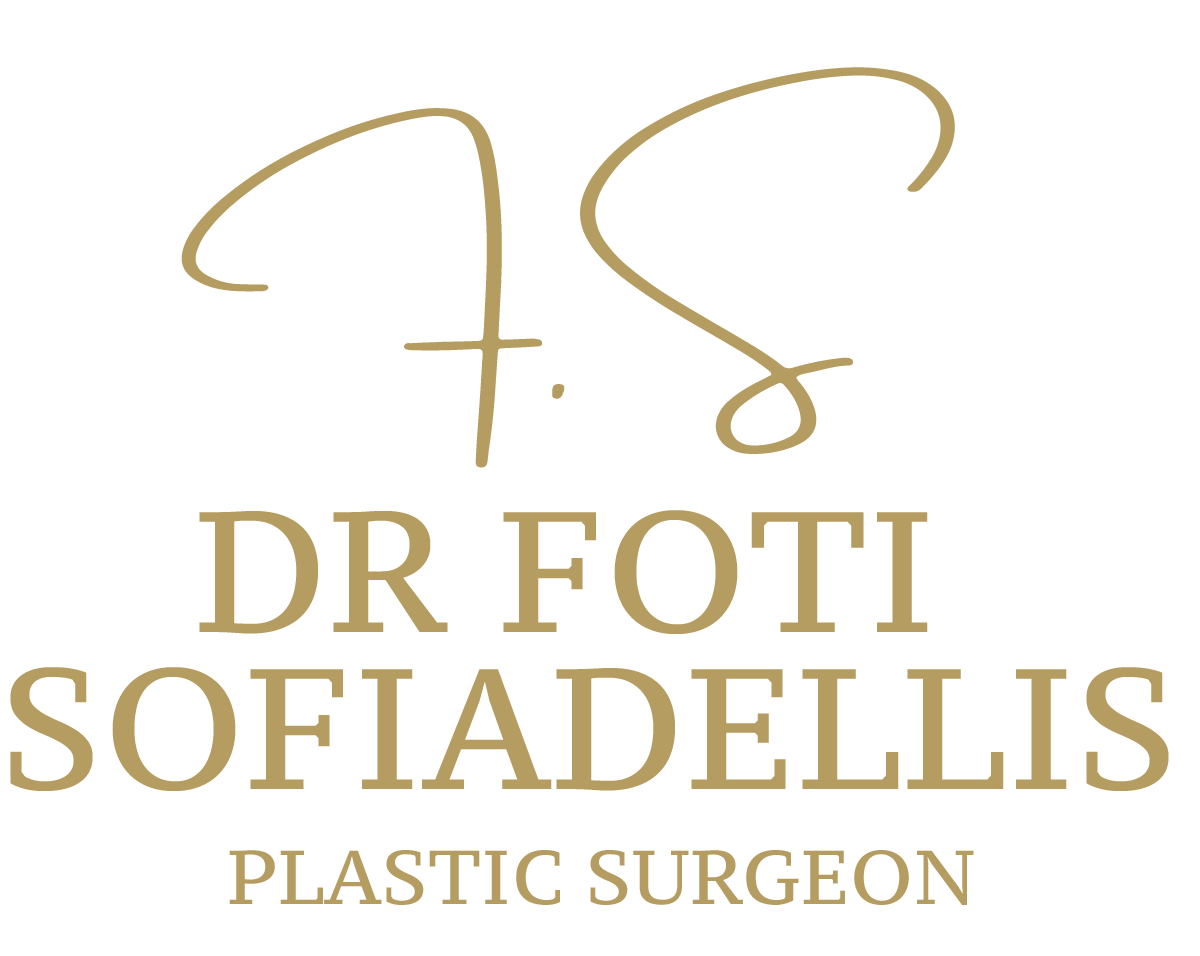Upper and Lower Blepharoplasty: A Comprehensive Guide
Introduction
Upper and lower blepharoplasty, commonly referred to as eyelid surgery, is a cosmetic procedure aimed at improving the appearance of the eyelids. It can address aging signs, improve vision obscured by drooping eyelids, and contribute to a more rested and rejuvenated facial appearance.
What is Blepharoplasty?
- Upper Blepharoplasty: Focuses on the upper eyelid, removing excess skin and fat that can lead to drooping eyelids, which may impair vision and contribute to an aged appearance.
- Lower Blepharoplasty: Targets the lower eyelid, reducing bags, puffiness, and wrinkles, creating a smoother under-eye area.
Who is a Good Candidate?
Good candidates for blepharoplasty typically include:
- Adults with healthy facial tissues and muscles.
- Individuals without serious eye conditions.
- People with realistic expectations regarding the outcome of the surgery.
- Non-smokers, as smoking can complicate both the surgery and the healing process.
Benefits
- Improved field of vision (if obscured by drooping upper eyelids).
- Reduction of puffiness and bags under the eyes.
- Diminished fine lines and excess skin around the eyes.
Procedure Overview
Consultation: Involves discussing goals, examining eyelids, and possibly conducting vision tests and eyelid photography.
Upper Blepharoplasty:
- An incision is made in the natural crease of the upper eyelid.
- Excess skin and fat are removed.
- The incision is closed with sutures.
Lower Blepharoplasty:
- An incision is made just below the lashes or inside the lower eyelid (transconjunctival approach).
- Excess fat is removed or redistributed, and excess skin may be removed.
- The incision is closed with sutures.
Anesthesia: The procedure is usually performed under local anesthesia with sedation or general anesthesia, depending on the extent of the surgery and the patient’s comfort.
Risks and Complications
- Infection and bleeding.
- Dry eyes or other changes in vision.
- Difficulty closing your eyes.
- Noticeable scarring.
- The need for revision surgery.
Recovery and Aftercare
- Initial swelling and bruising, which subsides within 1-2 weeks.
- Use of cold compresses to reduce swelling.
- Keeping the head elevated during sleep.
- Avoiding strenuous activities for a few weeks.
- Follow-up visits to monitor healing.
Expected Outcomes
- Results gradually become apparent as swelling and bruising decrease.
- The final outcome may take several months to fully materialize.
- Scars will fade over time but are generally well-concealed within the natural structures of the eyelid.
Choosing a Surgeon
Selecting a qualified and experienced surgeon is critical. Look for a surgeon with a proven track record in blepharoplasty, appropriate qualifications, and membership in reputable surgical associations. A thorough consultation should include a discussion of your goals, an assessment of your eyelids, and a detailed explanation of the procedure, risks, and recovery process.
Conclusion
Blepharoplasty offers significant benefits for suitable candidates but requires realistic expectations and a clear understanding of the recovery process. A detailed consultation with a qualified surgeon is essential to determine if this procedure aligns with your aesthetic goals and to ensure a safe and satisfactory outcome.




